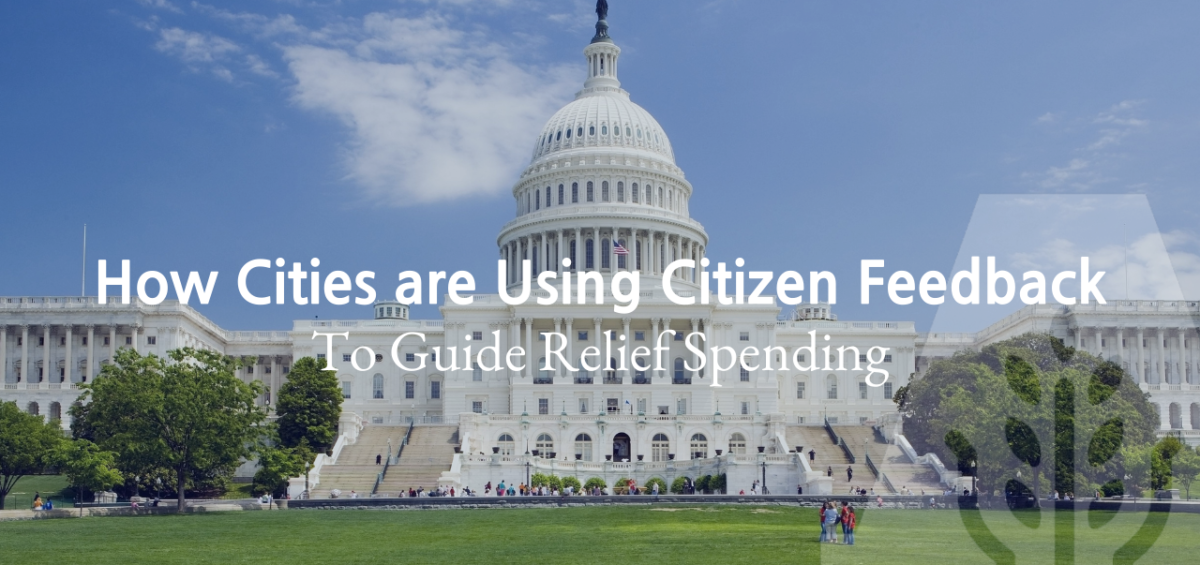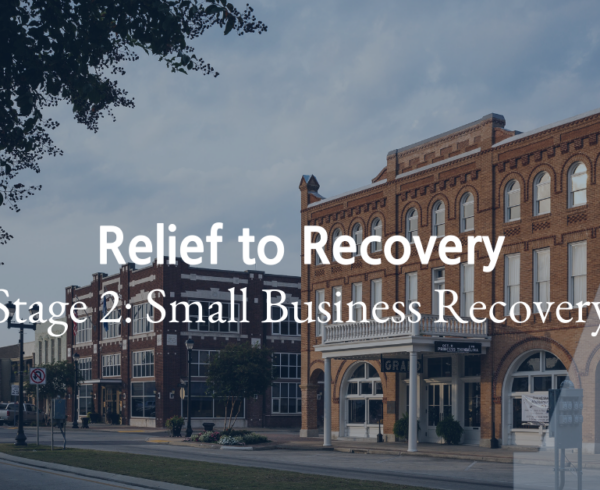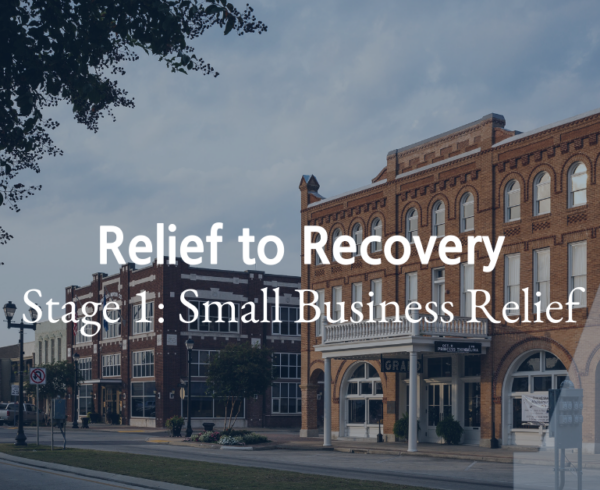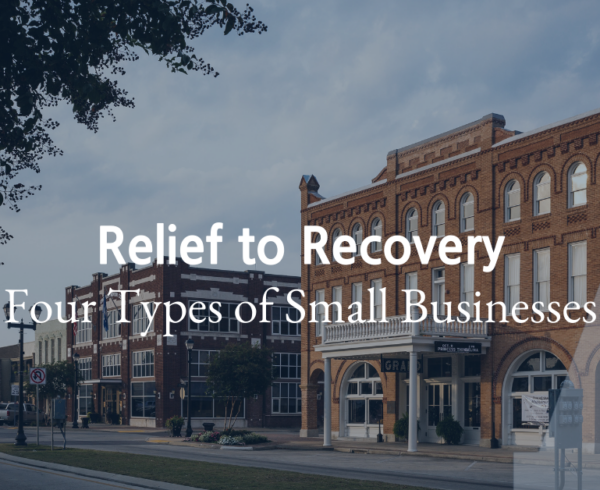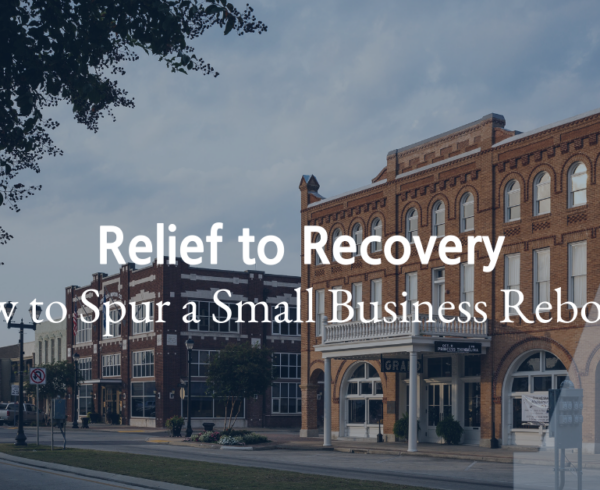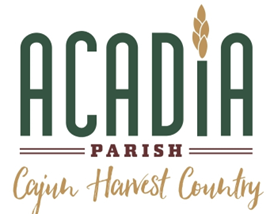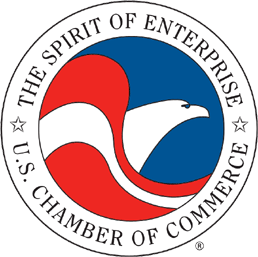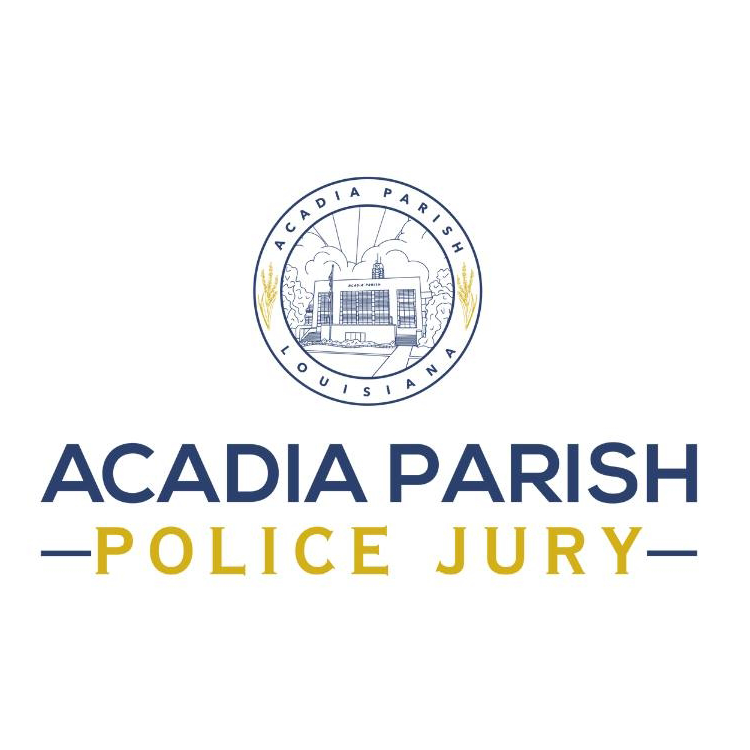The American Rescue Plan is delivering an unprecedented $350 billion in direct aid to state and local governments across the country and the sheer size of their share has many leaders overwhelmed. Acadia Parish has received $12.1 million in funding, and the seven municipalities in the parish have between them another $10.7 million, the amounts varied depending on their population as of the 2020 Census. To see the full breakdown of allocations for Louisiana, click here.
The spending possibilities are vast–from affordable housing to substance abuse treatment to rental assistance–and prioritizing where the aid can have the most impact is a big job. Some places are getting help with this task in a grassroots way: They’re asking their constituents how they’d like to see the money spent.
“We really wanted to understand how the community was thinking in terms of investment versus recovery,” said Dana Wedeles, Alexandria, Virginia’s special assistant to the city manager. “Usually when we do something new, I like to look and see what other jurisdictions have done. But we’re all going through this at the same time–we’re building the plane as we fly it.”
Alexandria, which will receive about $60 million in aid, is one of several cities surveying residents about ARP spending by posting an online forum, holding listening sessions and creating a hotline for suggestions, among other modes of outreach. Other places taking a similar approach include Lompoc, California; Flint, Michigan; Bellaire Village and Mansfield City, Ohio; and Charleston, West Virginia, to name a few. Cities are using the information they receive to categorize and score residents’ priorities, which will help inform decisions about their ARP-related investments.
The resident feedback from these efforts has been relatively predictable in that it has lined up with what officials have seen so far during the pandemic. Priority areas in some communities include job skills and training, small businesses, housing and broadband internet. Polco, the online civic engagement platform that conducts the ongoing National Community Survey, said those categories are ranking high in the ARP-and recovery-related questions among the communities it surveys. Behavioral health-care needs are also a priority.
The value of surveying, said Polco CEO Nick Mastronardi, is getting insight into which areas of investment would have the most meaning for residents. “So many places are being hit in different ways,” he said. “For some, public health is the top concern, for others it’s small business and for still others it is racial disparities. And then within those categories it can be different between demographics. It’s really important that communities understand where the pandemic has most impacted people’s lives.”
Officials are also finding new ideas and areas of specific concerns. In Alexandria, for example, one resident survey respondent outlined the need for more dental care in low-income neighborhoods, and Wedeles said that was a use of ARP money the city hadn’t examined. It’s now a proposal the city is considering.
In Charleston, a community focus group meeting in the East End, one of the two neighborhoods where most of the city’s Black residents live, had a long discussion centered on food insecurity and a lack of grocery stores. The city, which is getting nearly $37 million in aid, is considering how to incorporate suggestions from that meeting to expand a food co-op in the East End and Supplemental Nutrition Assistance Program benefits to farmers markets.
“Most people had really specific ideas and thought,” said Charleston Mayor Amy Shuler Goodwin. “It’s difficult to go out and ask everyone what their ideas are and still manage expectations. But I’m not sure we would have captured as many good and creative ideas as we have.”
Different Than CARES
The approach with the ARP aid is markedly different one than most places took last year with the federal funding provided under the coronavirus relief law known as the CARES Act. This is due to a number of factors.
For one, when the pandemic hit, it quickly upended lives, jobs and the economy, and governments needed a financial rescue just to respond to the immediate economic and public health crisis.
At the same time, fewer governments received direct aid from the CARES Act–it was limited to states and larger localities. Those that did get funding initially had only about eight months to spend it, although Congress later extended that deadline by a year, to December 2021.
The ARP’s direct aid is more than twice that of the CARES Act and small-to-mid-size cities–like Alexandria and Charleston–are receiving direct deposits for the first time. They’ll also have over three years–until the end of 2024–to allocate the money. The ARP funding comes as the pandemic appears to be waning and governments are starting to plan for recovery.
Rules for how the CARES Act funding could be used were also less flexible than those that lawmakers and the Treasury Department have established for the ARP funds, meaning this time around states and localities will be able to consider a wider range of spending options.
Risks and Rewards
As always with data gathering, there are risks to watch out for when gathering community input on using the relief funds. Chief among them is that the responses received won’t represent the full demographics of the community. “We were quite nervous that we’d only hear from those who are loudest and speak all the time,” said Wedeles. “That’s what happened the first week. But over the following two weeks there was a lot more diversity of ideas and demographics and ultimately it turned out to be more representative of our population.”
To ensure they are getting the full breadth of their communities, cities have not only created multiple channels for input, they’re also releasing information in multiple languages and asking trusted partners in hard-to-reach communities for help in outreach. The results are also weighted by demographics.
Polco’s Michelle Kobayashi, pointed out that some governments may ultimately choose to spend ARP money on things that aren’t widely popular but are still necessary.
She noted that even though the law specifically says federal aid can be used to fill budget gaps, that was not a category that tended to rank high in their ongoing survey. “That message didn’t resonate,” said Kobayashi, senior vice president of innovation. “So that might need more communication and education if governments decide to do that.”
Overall, though, while the process for cities like Alexandria and Charleston has been labor intensive, it’s been well worth the time. Not only will the resident input inform their decisions regarding federal aid, officials said, it’s valuable for data for city budgeting in general.
Goodwin said that it’s helping Charleston develop the blueprint for the city’s recovery plan and she would like to do something like this again.
“We do a really good job of getting folks who are professionals to come in and tell us what we need,” she said. “But I don’t think there’s any substitute for looking someone in the eye as we did and listening and learning from them.”


